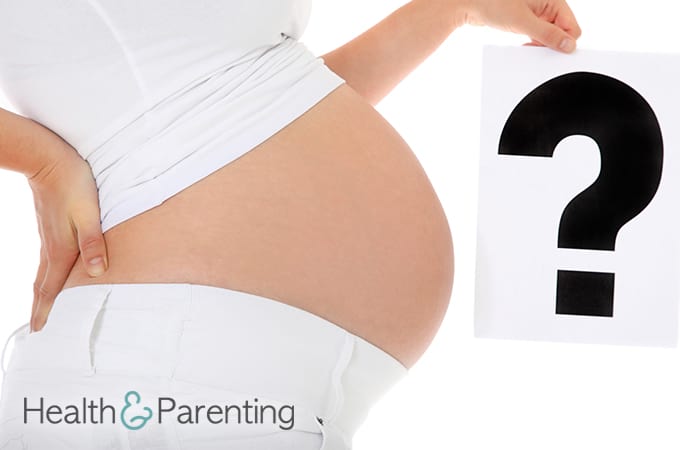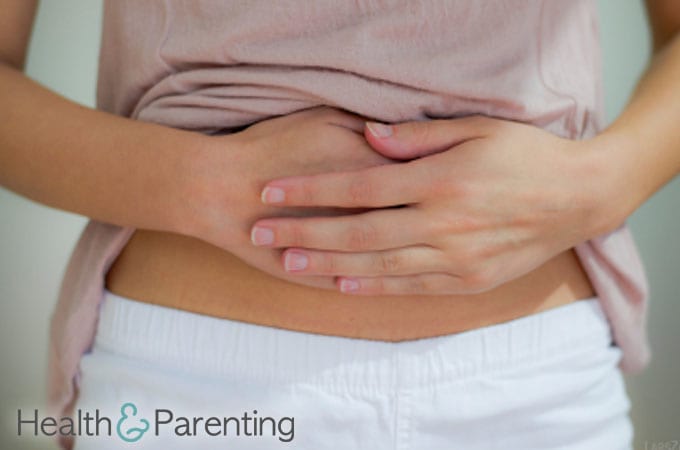The mucus plug is a thick column of cervical mucus which sits in the cervical canal during pregnancy, essentially forming a blockage. The mucus plug stops bacteria from getting into your uterus, and helps to keep your uterus sterile during pregnancy. Before the birth, you will lose your mucus plug, allowing the baby to pass through the cervix during labour.
Your mucus plug is made of a sticky, clear mucus, like nasal mucus, but often thicker. Towards the end of the pregnancy, you may start to lose some of your mucus plug. Some women lose the entire plug in one go, but others report the process taking up to a few days. The mucus plug is odourless but may not be the most attractive sight to behold.
What is a bloody show?
A bloody show is simply another name for a mucus plug. You may find that the mucus appears pink or brown tinged with blood, and this is why it is commonly known as a bloody show. There is nothing to worry about if your mucus plug is tinged with blood, in fact it is quite normal. It’s also normal to have a clear plug, you may also have heard it called a ‘show’.
Passing your plug
Passing your mucus plug is not always a clear indication that labour is imminent. In fact, if you pass your mucus plug over 24 hours before labour starts, your body will create a new mucus plug to take its place. Some women lose their mucus plug weeks before labour begins, however, it does mean that your cervix is starting to prepare for the birth.
Though it doesn’t mean the onset of labour will happen any minute, it does mean you should start preparing for labour. Is your hospital bag packed? Have you finished the nursery? Now is the time to finish off any loose ends around the house, and get ready to welcome your baby within the next few weeks.
You may notice you have passed a small amount of mucus after a vaginal exam or after having sex, this is usually nothing to worry about.
When to tell your healthcare provider
You can mention the plug to your healthcare provider at your next appointment, but there’s usually no need to contact them specially for this reason. However, you should contact your healthcare provider if:
- you notice blood-tinged mucus before your 37th week of pregnancy
- the mucus plug is bright red
- you pass more than two tablespoons of mucus
Written by Fiona, proud owner of a toddler, @fiona_peacock
This information is not intended to replace the advice of a trained medical doctor. Health & Parenting Ltd disclaims any liability for the decisions you make based on this information, which is provided to you on a general information basis only and not as a substitute for personalized medical advice. All contents copyright © Health & Parenting Ltd 2018. All rights reserved.











